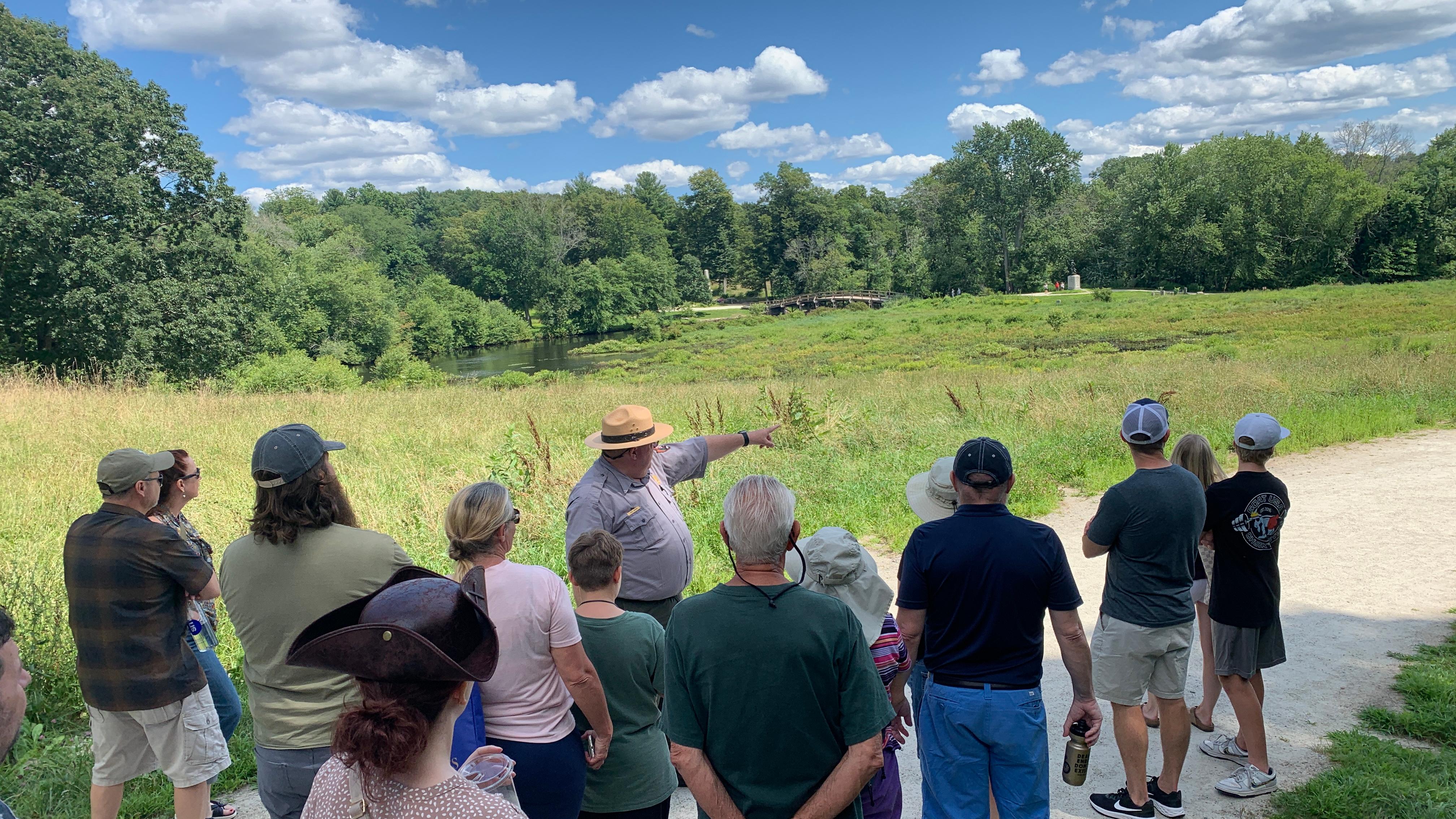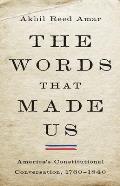Looking Back on the Winter of 1774–75
In recent weeks I’ve been looking up what happened on each date 250 years ago. One big lesson I took away from that task is how big an impact the seasonal climate had on people’s lives.
In winter, people just didn’t go out as much, especially in New England. There were fewer town meetings. The Massachusetts Provincial Congress and Continental Congress were adjourned. Not as many ships were crossing the Atlantic with news from London. And of course the courts in Massachusetts were closed.
John and Abigail Adams were at home together, which I’m sure they enjoyed, but that means no letters between them for us to enjoy. Without the courts, John wasn’t noting travel or interesting law cases in his diary. That gave him more time to compose his “Novanglus” essays, but I prefer a good anecdote.
In London, Benjamin Franklin had interesting conversations with politicians like the Earl of Chatham and the Howes, but it must have been clear those Whigs had very little sway in the king’s government. Josiah Quincy, Jr., was there, too, but he’d had his audiences with top ministers, left them unimpressed, and had nothing else to do.
Of course, behind closed doors and after dark people were doing a lot in the winter of 1774–75, and events started to speed up at the end of February. Gov. John Wentworth had lost control of New Hampshire. The Boston Patriots were smuggling cannon out of town to colleagues in the countryside. Timothy Bigelow was gathering cannon in Worcester, and David Mason was doing the same in Salem.
In February, Gov. Thomas Gage managed to get Dr. Benjamin Church, Jr., to start supplying sensitive information on those weapons. That led to Capt. William Brown and Ens. Henry DeBerniere’s spying mission to Worcester and Lt. Col. Alexander Leslie’s expedition to Salem, both on the same weekend.
By that time, copies of the Earl of Dartmouth’s 27 January instructions to Gen. Gage were being carried across the Atlantic. That dispatch was couched in caveats and conditionals since the colonial secretary knew circumstances might have changed greatly between Gage’s last reports and when he saw this letter. Nonetheless, Dartmouth left no doubt that the government and the monarch thought it was time to make some arrests.
That push from London led to the events of April 18–19, discussed in the Emerging Revolutionary War book A Single Blow, written by Phil Greenwalt and Rob Orrison with a foreword by me. But that wouldn’t happen until the spring, when people in New England could spend extended time outside again.
The Emerging Revolutionary War conversation is scheduled to start on Sunday at 7:00 P.M. Boston time. The best place to listen in live will be on the Emerging RevWar Facebook page. Later it can be viewed on YouTube.























